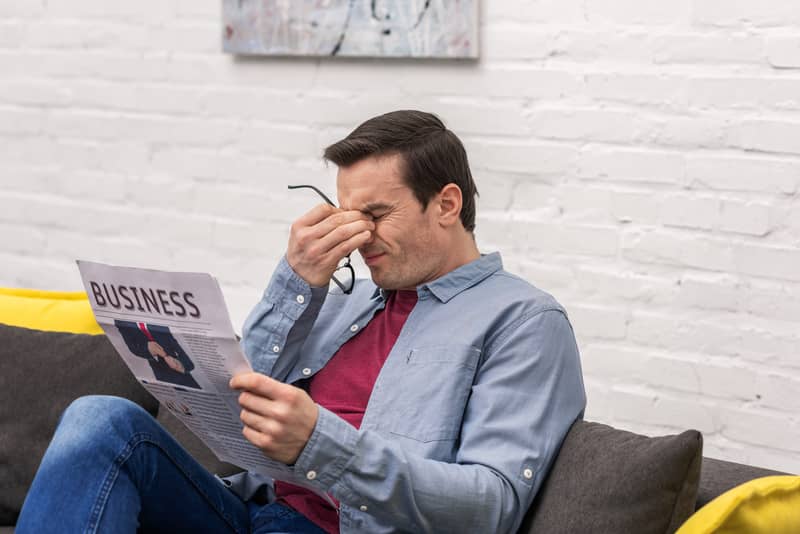Are you seeing stars? Cobwebs? Squiggly lines or threadlike strands that seem to slip away when you try to focus on them? Washing or wiping your eyes won’t help, for the shadows in your field of vision are reflections of microscopic fibers and wrinkles in the vitreous of the eye. Known as floaters, these pesky little strands tend to accumulate as we grow older, and, excepting a hazardous and invasive medical intervention like eye surgery, Western medicine offers no treatment.
Does that mean you’re stuck with eye floaters for life? Not necessarily. Natural and non-invasive therapies such as acupuncture and acupressure may promote healing in the eye and improve your vision. Daily stimulation of the acupressure points for eye floaters promotes healing in and around the eyes and might even clear away those bothersome spots and dots for good.
What Causes Eye Floaters?
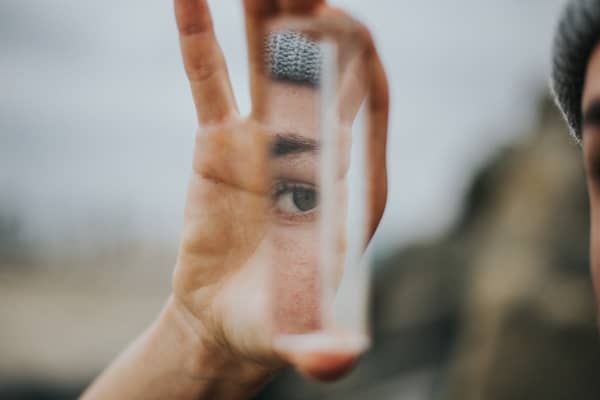
The inner-eye area is filled with a transparent jelly-like substance known as the vitreous fluid. As you get older, the vitreous becomes more liquid, and tiny, threadlike proteins within the vitreous tend to clump together, casting shadows on the retina. Most floaters are caused by these collagen fibers.
Although these changes in the eye can happen at any time in our lives, the development of floaters most frequently occurs in people between 50 and 75 years old. If you’ve undergone cataract surgery, you’re more likely to develop floaters.
Though annoying, eye floaters are generally considered a minor issue. In some rare cases, however, they may be a symptom of a more serious condition, such as an eye infection or injury, uveitis (inflammation of the eye), vitreous detachment, or retinal tear. If the floaters appear suddenly or are accompanied by flashes, you should seek urgent medical attention from an eye care professional.
Will Acupuncture Cure Eye Floaters?
Acupuncture may be effective in treating a variety of chronic eye conditions. For macular degeneration, retinitis pigmentosa, and other eye-related issues for which Western medicine offers no treatment, acupuncture is often used in combination with other natural remedies. Using acupuncture for eye floaters, early-stage cataracts, and certain kinds of glaucoma has also shown promise, both as a stand-alone treatment and as a complementary therapy.
A 2014 pilot study of acupuncture treatment for improving visual acuity in patients with retinitis pigmentosa—an eye condition often associated with floaters—showed promising results. Six out of twelve subjects had measurable improvements in visual function, and three of nine subjects tested with FST showed significant improvement in vision in both eyes one week after treatment—an improvement that was maintained for at least 10 to 12 months.
While acupuncture is unlikely to provide a complete cure for eye floaters, contemporary research suggests that traditional techniques have an important role to play in preventing eye degeneration and improving visual acuity. Since self-administered acupressure is such a safe treatment, making acupressure for eye floaters a regular part of your routine would seem a wise choice, especially if you have a genetic predisposition towards eye disease. After all, what have you got to lose?
How Can Acupuncture Help Eye Floaters?
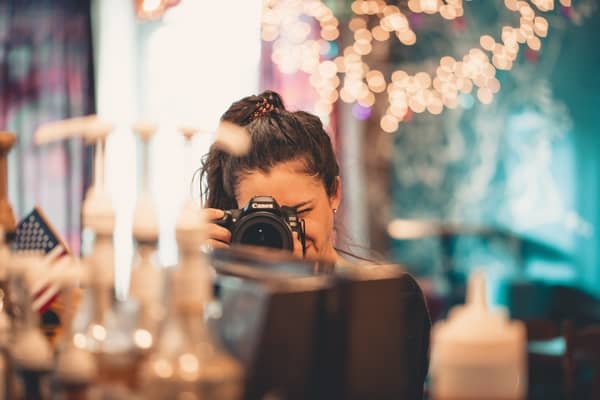
According to Traditional Chinese Medicine (TCM), the body’s energy meridians connect the eyes to the liver and the spleen. If you experience floaters, it might mean that your liver is failing to provide the requisite nutrient-rich blood or energy flow to the eyes. Achieving an ideal balance of Yin and Yang energies along the liver and spleen meridians is essential to maintaining eye health.
Acupuncture for eye floaters achieves its beneficial effects by improving blood flow to the eyes, nourishing or even regenerating the eye tissues and cells. Unlike Western treatments, acupuncture therapy addresses the underlying imbalances in the internal organs, such as kidney or liver blood deficiency, which are considered the root causes of degenerative eye conditions, including floaters, cataracts, and glaucoma.
What Are The Acupressure Points For Eye Floaters?
Considering the essential connection between the digestive organs and the eyes in Chinese Medicine, it should come as no surprise that many of the important acupressure points for eye floaters belong to the meridians of the liver, the bladder, and the stomach. In fact, many of these acupoints, despite belonging to the digestive organs, are actually located around the eye, which only speaks to their interconnectedness.
Eliminating deep-fried foods from your diet and eating more fatty fish and antioxidant-rich foods will help to maintain your healthy vision as you get older. Reducing your screen time and performing regular eye exercises will relieve the strain on your eyes. At the same time, incorporating acupressure massage with proper technique is an excellent way to take care of your eyes and prevent negative eye symptoms, such as floaters, from ever arising.
Acupoint: Bl-1 (Other Names: Urinary Bladder-1/Jing Ming/Bright Eyes)
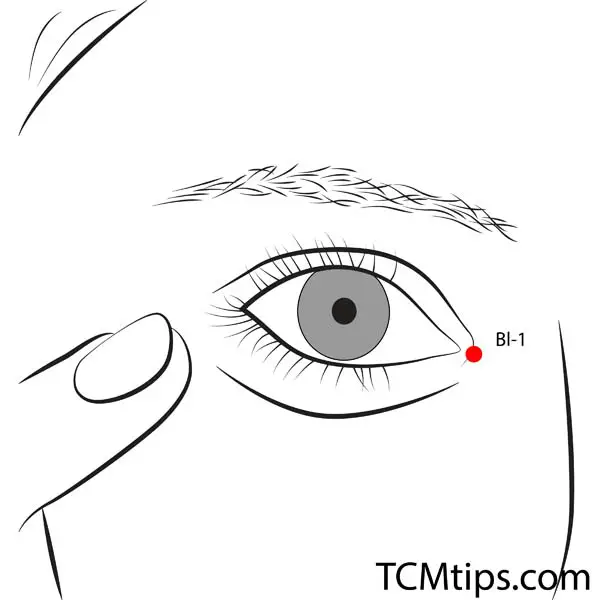
The Bl-1 acupoint is located slightly above the inside corner of each eye, alongside the bridge of the nose. Stimulating this point will brighten the eyes and relieve fatigue and is effective in the treatment of blurred vision.
Known as the Jing Ming (“Bright Eyes”) in Chinese, Bl-1 is one of the best acupressure points for dry eyes and is also traditionally employed in acupressure for autoimmune inflammation.
Place your index finger on the acupressure point and apply gentle pressure, moving in a circular motion from the inside to the outside.
Acupoint: Bl-2 (Other Names: Urinary Bladder-2/Zan Zhu/Gathered Bamboo)
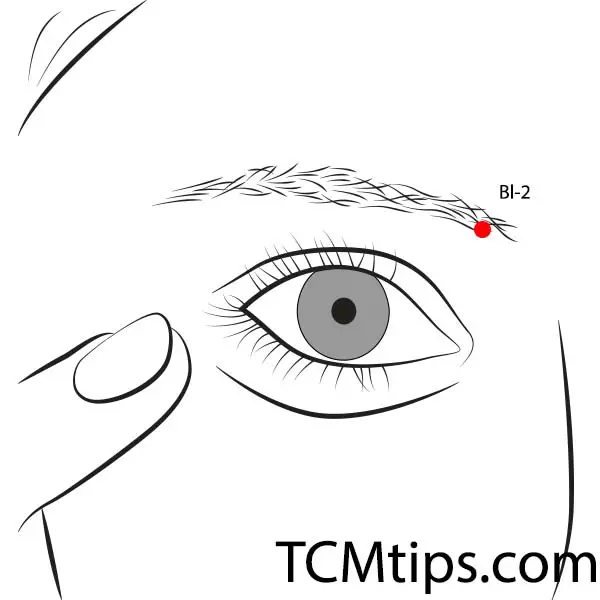
Of all the acupressure points for eye floaters, the Zan Zhu is the easiest to find—it’s located on the innermost section of the eyebrows. Massaging this acupoint helps to strengthen and nourish the eyes and provides relief from eye strain and headaches, making it one of the essential pressure points for migraines relief.
Begin by massaging gently while breathing deeply, as the Zan Zhu can be quite sensitive in some people.
Acupoint: EM-3 (Other Names: Yu Yao/Fish Waist)
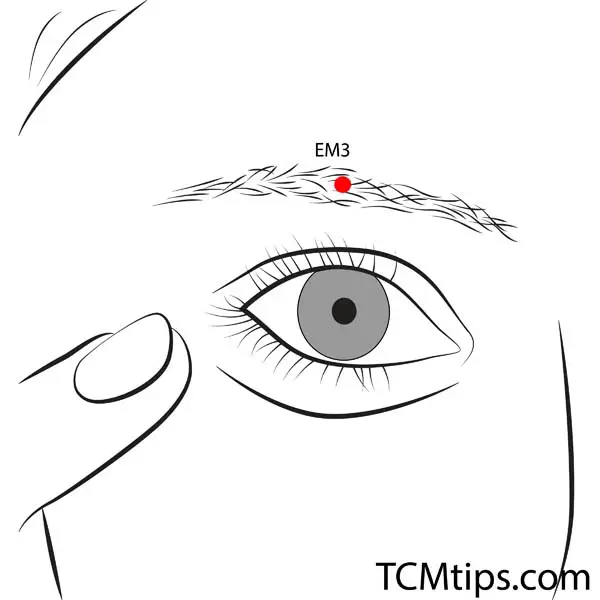
Unlike the other acupressure points for eye floaters, the Yu Yao (“Fish Waist”) is not located on any of the traditional meridians. Long regarded as one of the best facial acupressure points for wrinkles, you’ll find it in the hollow at the midpoint of the eyebrows.
Stimulating the Yu Yao clears heat and reduces redness and swelling in the eyes. Incorporating EM-3 into your daily acupressure therapy routine can relieve cloudiness in the eyes and may provide relief from floaters.
Acupoint: ST-1 (Other Names: Stomach-1/Cheng Qi/Tears Container)
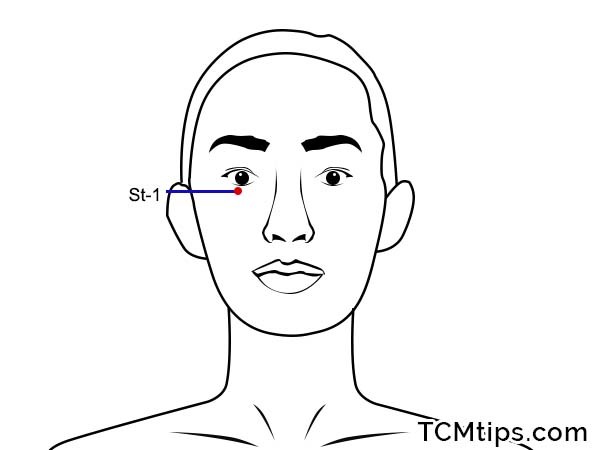
Known as the “Tears Container,” this point on the stomach meridian is considered one of the primary facial acupressure points for dark circles around the eyes. It is located directly below the eye, atop the orbital margin.
Stimulating the Cheng Qi drives off wind and clears heat, providing relief from redness and swelling around the eyes, making it an essential acupressure point for under-eye inflammation.
To make use of the Cheng Qi in acupressure for eye floaters, massage the acupoint slowly with your index finger. Apply steady pressure for a few seconds, and rest between rounds. Repeat this several times a day. Take care not to press too hard, as the skin beneath the eye is particularly thin and sensitive.
Acupoint: Bl-18 (Other Names: Urinary Bladder-18/Gan Shu/Liver Transporter)
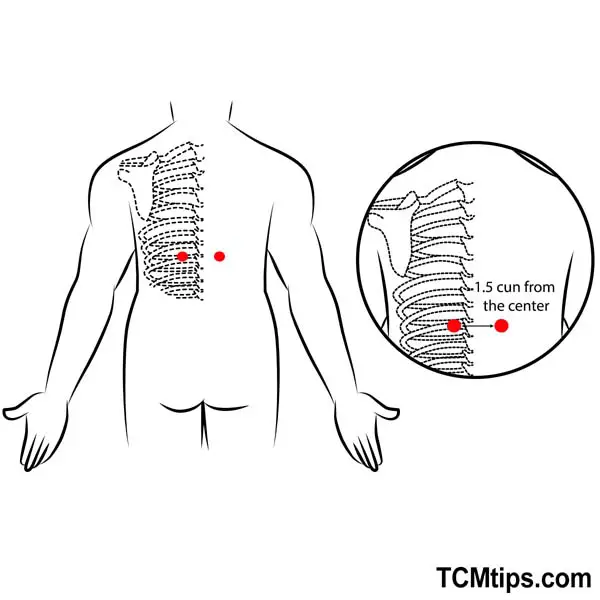
Bl-18 is an excellent acupressure point for combating stress and negative emotions. Included on our essential list of back pressure points for massage, stimulating the Gan Shu will release muscle tension and re-energize the body.
Gan Shu means “Liver Transporter” in Chinese, which speaks to Bl-18’s connection with digestive and intestinal health. Since deficiencies in the liver are considered one of the root causes of eye conditions in Traditional Chinese Medicine, it should come as no surprise to find Bl-18 listed among our acupressure points for eye floaters.
Bl-18 is mirrored on both sides of the spine, two finger-widths out from the ninth thoracic vertebrae. Massage the point with firm pressure using a circular motion.
Acupoint: Bl-23 (Other Names: Urinary Bladder-23/Shen Shu/Kidney Transporter)
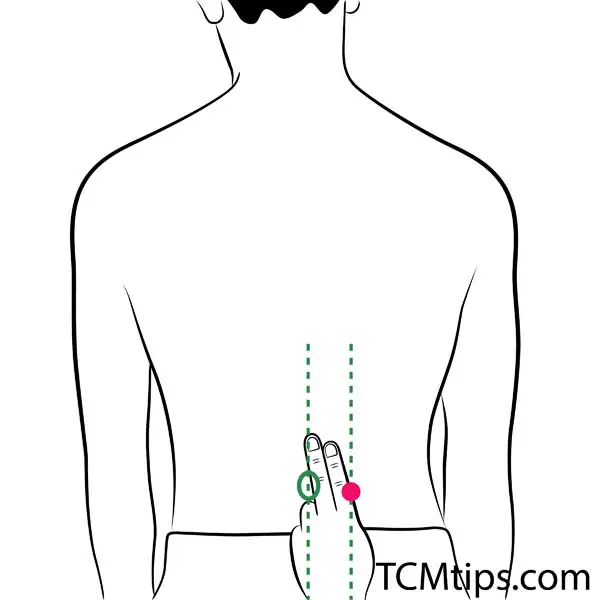
The last of the acupressure points for eye floaters is also found on the back, two finger-widths out from the space between the second and third lumbar vertebrae. Bl-23 is used to treat edema, lumbar pain, and bone diseases. It’s also one of the key acupressure points for menopause.
Activating Bl-23, known as the “Kidney Transporter,” promotes kidney health. Again, since the liver and kidneys are linked to the eyes in Traditional Chinese Medicine, acupressure for eye floaters also regularly makes use of Bl-23.
Apply firm pressure for up to two minutes, using your middle or index finger.

Try our Anti-Aging Gua Sha Tool designed to bring out your skin’s natural glow.
Best Gua Sha Product- Anti-Aging: The tool is designed to target 11 specific aging signs such as wrinkles and sagging skin. By following the 7-step routine, users can improve skin firmness and reduce fine lines naturally.
- Enhances Skincare Routine: It works effectively with serums and lotions, boosting absorption and efficacy of skincare products.
- Visible Skin Improvement: Users can expect a smoother complexion, reduced puffiness, and a more youthful appearance.
 P. Sze
P. Sze 